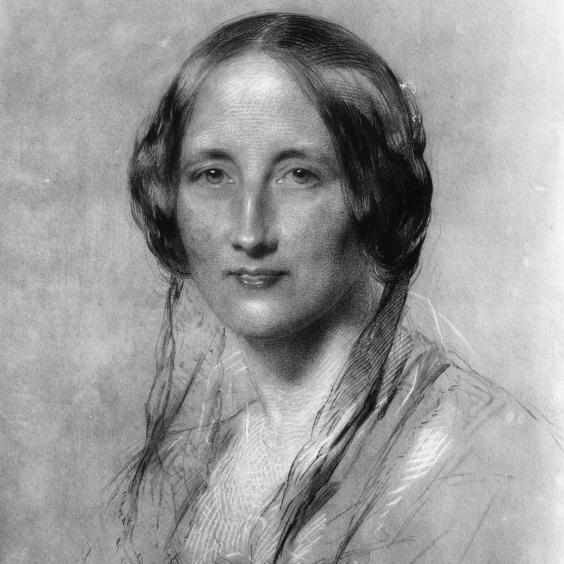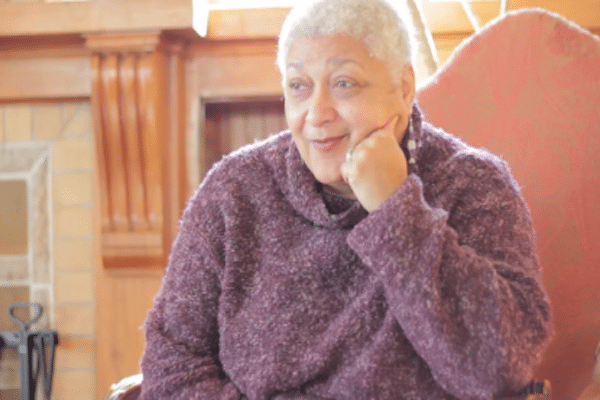Copyright 2009 by Gary L. Pullman
Through images and emblems associated with a vanished craft or practice, a writer of fantasy or horror fiction can, as it were, visit another, mystical and magical world. Such a trip can help him or her to envision, and, therefore, to create an otherworldly setting in which to place historical, fantastic, or horrific characters who, as the mad scientists of their day, ply secret trades.There are several sources of such images and symbols, including alchemy, demonology, Gnosticism, heraldry, Masonry, Rosicrucianism, and various Tarot decks. Links to some of these sources are included at the end of this post, for those who are inclined to step, as it were, into a different time, when a vastly different, pre-scientific mindset held sway.
This article discusses alchemy’s imagery in general. However, much of what is said could apply to any other occult enterprise.
Images of alchemy capture the romance of a medieval enterprise, wherein adepts sought to transmute base metals into gold. Quaint laboratories, equipped with preposterous apparatuses of all kinds, including furnaces and forges, kilns and fireplaces, both with and without chimneys; stocked with flasks and beakers, bottles and vials; and operated by men in rich capes and robes, recreate a world--and a worldview--that is now long gone.

Woodcuts carved with figures and symbols similar to those of the Masons or those on Tarot decks also romanticize the practice: the hermaphrodite, the dragon, the bare-breasted Gorgon, the demon, the angel, the caduceus, the serpent, the lion, the microcosm and the macrocosm, Artemis with her tiers of supernumerary breasts, personified suns and moons, and hundreds of other images as bizarre and wonderful are catalogued in groups as fanciful as they are fascinating, suggesting secrets long forgotten if, indeed, they were ever really known. These emblems, like the fully equipped and functional laboratories, suggest the popularity of the craft and the devotion to which its practitioners practiced it.
Viewing such images, it is almost impossible not to see the appeal that alchemy had, promising gold, promising moral and spiritual perfection, promising the otherworldliness of both fabulous wealth and spiritual wellbeing, and promising a wonderful and magical, if laborious, time of it along the way. Alchemy promised a better world, both internally and externally, if one persevered, worked hard, and stayed dedicated to the task at hand. It did deliver, of course, on both its pledges, but not the way alchemists believed it would; it gave us chemistry, instead of lead’s magically becoming gold.
It also influenced literature, along the way. According to David Meakin’s Hermetic Fictions: Alchemy and Irony in the Novel, alchemy is featured in such novels as those by Emile Zola, Jules Verne, Marcel Proust, Thomas Mann, Hermann Hesse, James Joyce, Gustav Meyrink, Lindsay Clarke, Marguerite Yourcenar, Umberto Eco, and Michel Butor. Some believe that L. Frank Baum’s The Wonderful Wizard of Oz might also be predicated upon alchemy.
Familiarizing oneself with such an outmoded and, indeed, long abandoned, view of the world, both physical and metaphysical, renews one’s appreciation of the modern world, reminding us that our own systems of knowledge and belief have not been the only ones people have embraced and that, indeed, ours may, one day, seem quite as quaint as those we’ve left behind. If one can recreate a sense of the reality in which alchemists (or any other esoteric group) believed in his or her story, when it is appropriate to do so, he or she will, in doing so, have already escorted the reader into another, enchanted world.
But becoming acquainted with alchemy--or demonology, Gnosticism, heraldry, Masonry, Rosicrucianism, or various Tarot decks--also pays other dividends to writers of historical romances, fantasy, or horror. Mostly, these benefits are intangible, but they are no less genuine for that. Revisiting the past, to see the world as it was seen in a time antecedent to our own, helps us to get a sense of what Meakin calls “the sacredness of the living Mother-Earth, in whose womb minerals grow and mature like embryos” (15).
What’s more, according to Carl Jung, steeping oneself in the images and ideas, the attitudes and beliefs, the symbols and concerns of such an enterprise can help to generate a sense of the mysterious, or even the eerie and the sublime. “Any prolonged preoccupation with an unknown object,” Jung says, “acts as an almost irresistible bait for the unconscious to project itself into the unknown nature of the object” (quoted in Hermetic Fictions, 19). Meakin adds, “The alchemical penchant for contradictory images serves to intensify this sense of amazement” (19).
Surely, this is similar to what little girls do in investing their dolls with their own thoughts and emotions in order to give to these inanimate objects, as it were, a bit of personality and life. As children, we are adept at such projections of the self onto external objects, but, as adults, many of us tend to become less adept at doing so, or to forget altogether how to do so (unless, perhaps, we are alone on a dark road or in a cemetery at night). Moreover, such projection recreates the intent of the alchemist himself, for, as Meakin observes, “to project life into things is to invest them with magic” (19).
None of us is intelligible in and of ourselves, but we must seek to explain ourselves in terms of external things, by projecting ourselves onto the objects of the environment, and thereby incarnating the world, as it were, a process which would seem to be have been the origin of pantheism. We spiritualize the world, making it a fellow to ourselves. Then, we use it to explain our own thoughts, feelings, and actions. In doing so, the horror writer, seeing the monster within, projects his or her own, inner demons upon cloud, mountain, forest, plain, desert, or sea. These phantasms then, in turn, return, as it were, to haunt us. The horrors that haunt the dark roadway or the nighttime cemetery haunt these places only because they haunt us.
According to Meakin, alchemy is especially adept as a means by which we can project ourselves onto the cosmos, because it is open not only to the objective world, but it is also open to other “symbolic systems” of thought and belief; its “archetypal centrality,” he says, “is reflected in the breadth of diffusion, the adaptability of alchemical doctrine, and its power to annex other doctrines and symbolic systems: its essential syncretism, in short” (21).
Christianity has proven at least equally adaptable, if less syncretistic, as many have observed, including Camille Paglia, who writes, in Sexual Personae: Art and Decadence from Nefertiti to Emily Dickinson: “Christianity has made adjustment after adjustment, ingeniously absorbing its opposition. . . and diluting its dogma to change with changing times” (25). Any great system, past or present, must have this capability, if it is to not only survive but also thrive. Paglia believes that Christianity is in peril, due to “the rebirth of the gods in the massive idolatries of popular culture,” so much so that it is “facing its most serious challenge since Europe’s confrontation with Islam in the Middle Ages” (25). Christianity seems likely to survive this “challenge,” as it survived that of its encounter with Islam (a “confrontation” that has arisen anew in our own time), in which case it will continue to inspire art, including horror fiction.
However, Christianity lacks the dynamic, numinous character that it had for the Swedes, Danes, Anglo-Saxons, and other Germanic and European worshipers of the Norse deities who were, in their time, as Beowulf suggests to us, themselves confronting the church’s faith during the early Middle Ages. To them, Christianity must have seemed as awesome and strange as alchemy might to modern men and women who acquaint themselves with alchemists’ strange and, indeed, astonishing beliefs, thoughts, hopes, fears, and feelings.
In other words, alchemy (or, again, any other esoteric tradition, especially if it is distanced by time as well as by doctrine) can help the writer of historical romances, fantasy, or horror regain a sense of the numinous, of the uncanny, of the eerie, of the sublime, thereby enriching his or her own bizarre, perhaps supernatural, fictional worlds, much as C. S. Lewis, in his coming to the Christian faith, like Beowulf’s readers, from the pagan world, saw, in the cold Northern wastes of Teutonic mythology, the shadow of joy he was to experience more fully in “mere Christianity,” enriched the world of Narnia or J. R. R. Tolkien enriched the world of Middle-earth.
For those who’d like to visit such a world, here are a few links that will take you there:
Bon voyage!
Sources
Meakin, David. Hermetic Fictions: Alchemy and Irony in the Novel. Bodmin, England: Keele University Press, 1995.
Paglia, Camille. Sexual Personae: Art and Decadence From Nefertiti to Emily Dickinson. New York: Vintage Books, 1990. Print.



































